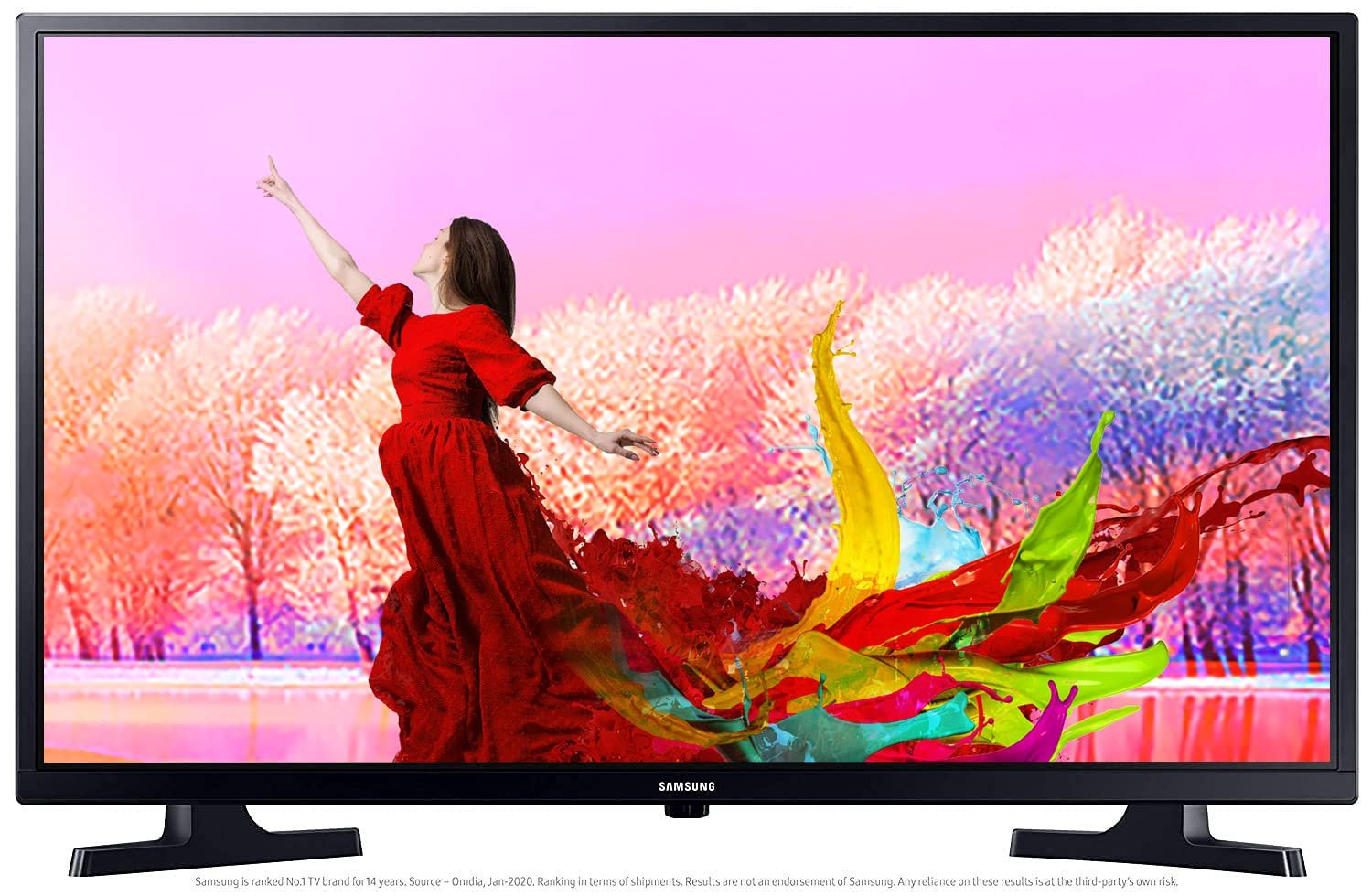Televisions have recently become much cheaper than others products. Have you thought about why?
Modern TVs, with few exceptions, are "smart", which means they have software for streaming online content from Netflix, YouTube and other services.

One of the media platforms, Roku, is included in televisions made by companies such as TCL, HiSense, Philips and RCA. But there are many more operating systems: Google has Google TV, which is used by Sony, among other manufacturers, while LG and Samsung have their own operating systems.
Smart TVs are just like search engines, social networks and email providers that give us a freebie service με αντάλλαγμα να μας παρακολουθούν και στη συνέχεια να πουλάνε αυτές τις πληροφορίες σε advertisers that use our data.
These devices collect information about what you watch, how long you watch it, and where you watch it from. They then sell that data – which is a revenue stream that didn't exist years ago. There's nothing particularly secret about this, since data monitoring companies like Inscape and Samba proudly boast on their websites about the TV manufacturers they work with and the data they collect.
TV companies call this “post-market monetization,” and it means they can sell TVs close to cost but still make money in the long run by sharing viewing data.
In addition to selling your viewing information to advertisers, smart TVs also display advertisements. Roku, for example, displays a TV show or streaming service on the right side of the screen. This is a paid one advertising.





